Electric Truck Knowledge
Winter Use and Maintenance of Electric Logistics Vehicles
Posted on by Electric Trucks
During winter, the temperature often drops significantly, frequently remaining below zero degrees Celsius for extended periods. Simultaneously, there are a greater number of rainy and snowy days, which can have a substantial impact on the performance of key components such as batteries and motors. To optimize the vehicle performance and driving experience, it is essential to first comprehend the issues that arise during winter and subsequently adopt appropriate measures and undertake timely maintenance. The following elaboration will focus on two primary aspects.
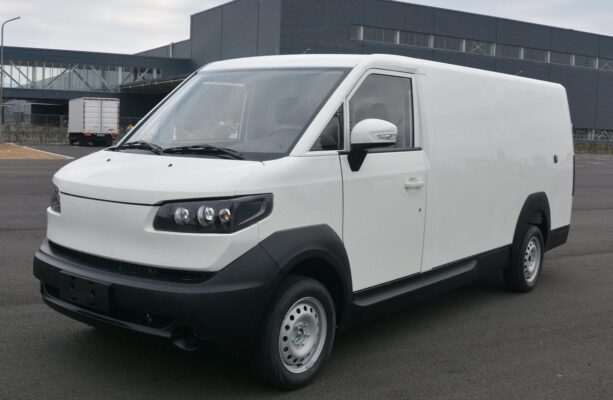
A. Vehicle Driving Safety
The duration for each vehicle startup should not exceed 5 seconds, and the interval between restarts must be no shorter than 15 seconds. This is crucial to prevent excessive stress on the electrical components and to ensure a smooth and reliable startup process.
As winter approaches, it is imperative to conduct a thorough inspection of the vehicle battery. Timely replenishment of the battery electrolyte is necessary, and the proportion of the electrolyte should be adjusted appropriately. The electrolyte plays a vital role in maintaining the battery’s performance and longevity in cold temperatures. Ensuring the correct composition and level of the electrolyte helps prevent battery capacity reduction and potential damage.
It is essential to turn off power-consuming components within the cab, such as the heater, before leaving the vehicle. These components can draw power even when the vehicle is not in use, potentially leading to a drained battery, especially in cold weather when battery performance is already compromised.
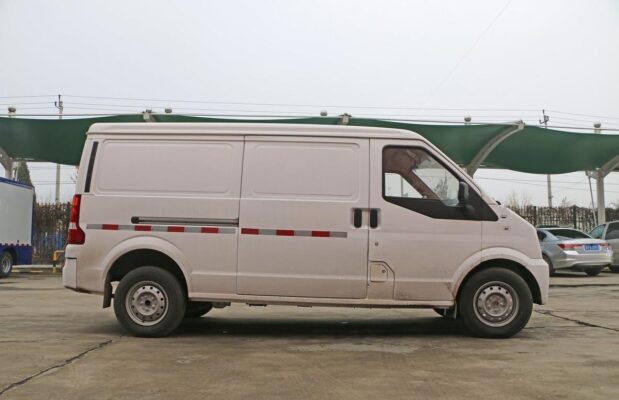
When the vehicle is not in use for an extended period, disconnecting the negative pole of the vehicle battery is advisable. This measure helps prevent rapid power consumption and safeguards the battery’s health and longevity.
The driving style of an electric vehicle should be reasonable. Abrupt acceleration and sudden deceleration should be avoided. Such aggressive driving behaviors can place additional strain on the battery and drivetrain, reducing overall efficiency and potentially causing premature wear and tear. A smooth and consistent driving approach helps conserve energy and enhances the vehicle’s performance and range in winter conditions.
B. Winter Maintenance Knowledge
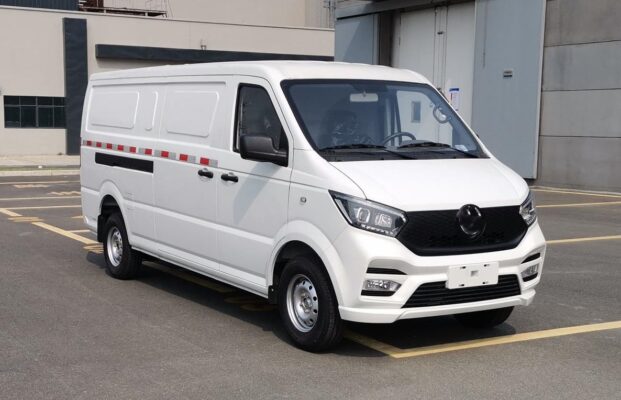
- Standard Water and Oil Use for Electric Vehicles
The selection of water and oil for electric vehicle products should be based on the season and carried out strictly in accordance with the manual’s requirements. The chosen fluids must have the ability to adapt to low-temperature environments. Using the incorrect fluids can lead to issues such as reduced lubrication, increased friction, and potential component damage.
For instance, the coolant used in the battery and motor cooling systems should have a low freezing point to prevent freezing and damage at low temperatures. The gear oil in the transmission and differential should have suitable viscosity characteristics to ensure smooth operation in cold weather.
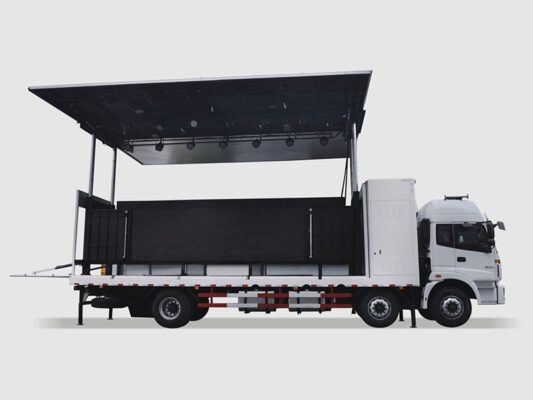
- Timely Inspection of the Brake System
During winter, a comprehensive check of the brake oil, brake pipelines, and each brake cylinder is of utmost importance. Brake fluid can absorb moisture over time, and in cold temperatures, this can lead to reduced braking performance and potential freezing. Inspecting for any leaks in the pump is critical. If leaks are detected, immediate replacement of the brake fluid is necessary to maintain reliable braking.
Simultaneously, close attention should be paid to inspecting the handbrake. The handbrake mechanism can also be affected by cold temperatures and moisture, potentially causing sticking or reduced effectiveness. Regular checks and adjustments ensure that the handbrake operates smoothly and provides adequate parking braking force.
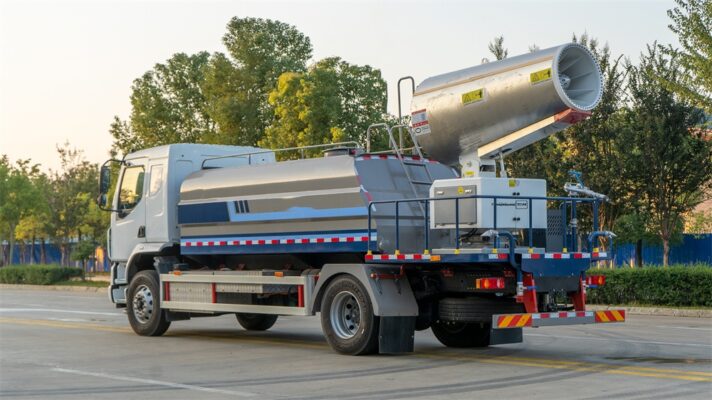
In addition, corresponding inspections should also be carried out for other details:
-
Regular checks of the vehicle lights and horns are necessary to ensure their proper functioning. In winter, with reduced visibility and increased driving hazards, clear and effective lighting and audible warning signals are essential for safety. Any malfunctioning lights or weak horn sounds should be promptly addressed.
-
Each bearing within the vehicle should be inspected for abnormal noise. Bearings that show signs of wear or potential failure should be replaced promptly. In cold weather, bearings may experience increased friction and stress, and early detection and replacement can prevent more significant mechanical issues.
-
The vehicle steering system should be checked for normal operation. Any abnormal noises, binding, or deviation should be identified and rectified. Cold temperatures can affect the lubrication and flexibility of steering components, and timely maintenance ensures precise and responsive steering control.
-
All connectors and terminals within the electrical system should be inspected for looseness and signs of corrosion. Loose connections can lead to intermittent electrical faults, while corrosion can increase resistance and affect the performance and reliability of the electrical circuits. Tightening loose connections and cleaning or replacing corroded terminals helps maintain a stable electrical system.
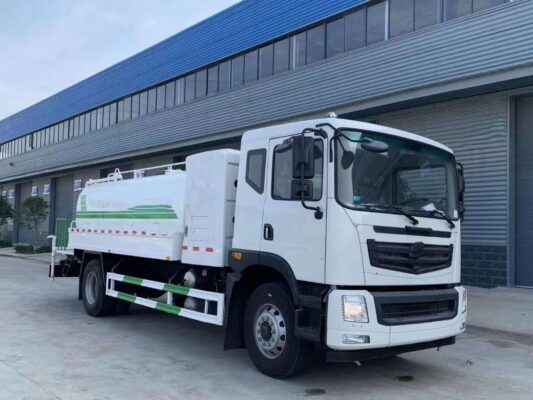
In conclusion, winter brings specific challenges for the operation and maintenance of electric logistics vehicles. By being proactive in understanding and addressing these issues, implementing proper driving practices, and conducting regular and thorough maintenance checks, vehicle owners and operators can ensure reliable performance, enhanced safety, and prolonged component lifespan. This not only minimizes the potential for breakdowns and disruptions in logistics operations but also contributes to a more sustainable and efficient transportation solution.
The field of electric vehicle technology is constantly evolving, and as such, staying updated with the latest maintenance best practices and technological advancements is crucial. Future developments may bring even more advanced materials and systems that are better adapted to extreme weather conditions, further improving the performance and durability of electric vehicles in all seasons.
Regular training and education for vehicle maintenance technicians and drivers can also play a significant role in ensuring the optimal performance and safety of electric logistics vehicles during winter. Sharing knowledge and experiences within the industry helps promote a culture of responsible vehicle care and operation, ultimately benefiting both individual operators and the broader transportation ecosystem.